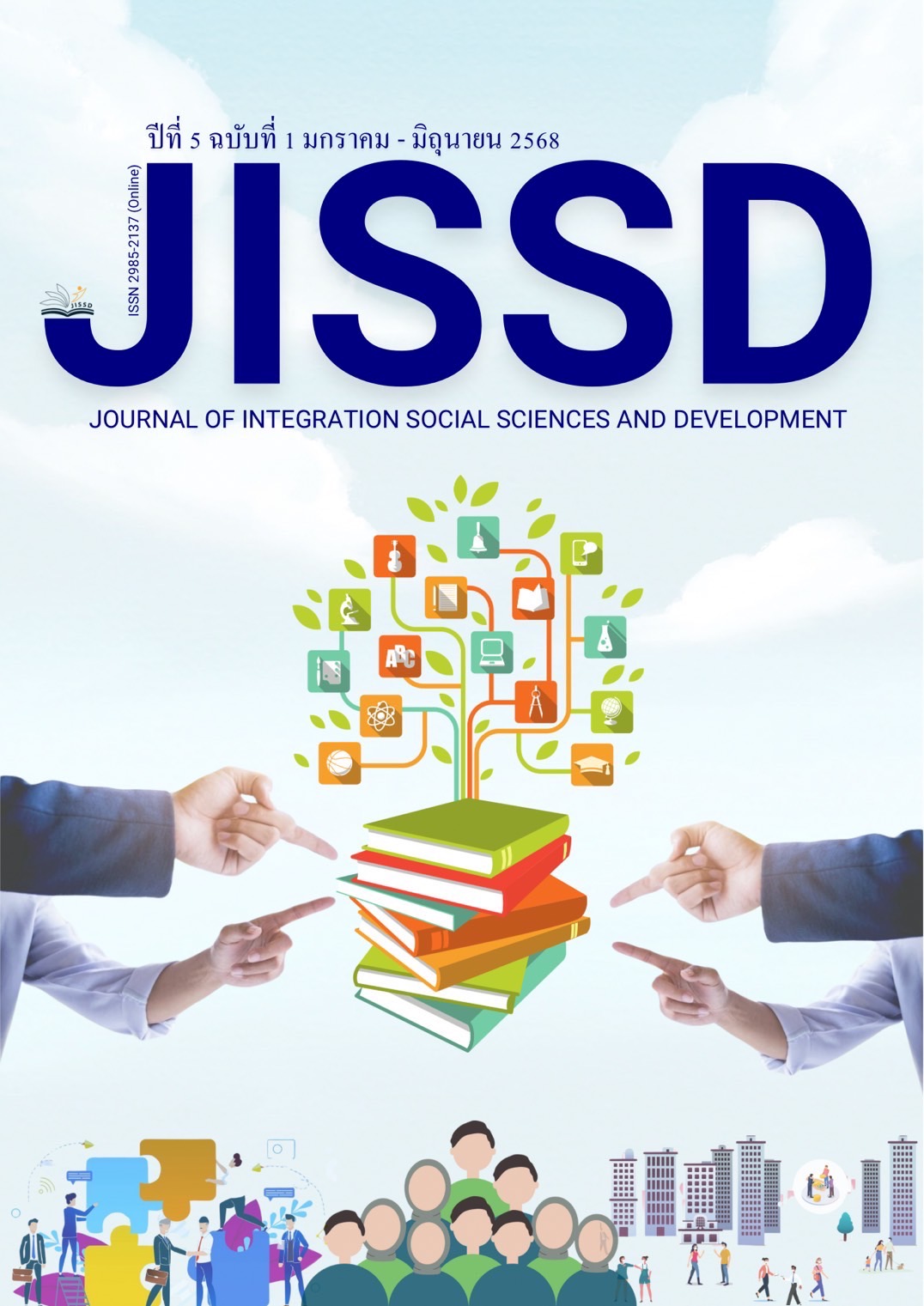A Study of the Impact of Online Reviews on Online Purchasing Decisions of Consumers in Bangkok and Its Vicinity
Main Article Content
Abstract
This research aims to 1) study the behavior of consumers viewing product reviews in Bangkok and its vicinity, 2) study the importance of factors in online reviews (online product reviews) that affect consumers’ decision to buy products online in Bangkok and its vicinity, and 3) analyze the relationship between factors in online reviews (online product reviews) that affect consumers’ decision to buy products online in Bangkok and its vicinity. This research is a quantitative research. The sample consists of 200 male and female people in Bangkok and its vicinity. The sample group is determined by using the G*Power program by convenience sampling method. A questionnaire is used as the research tool. The statistics used for analysis are percentage, mean, and standard deviation. The hypothesis is tested using multiple regression analysis.
The study results of the behavior of consumers watching online product reviews in Bangkok and its vicinity found that the media used to watch product reviews was watching via mobile phones (Smartphone) on the Tiktok channel, watching from 18.01-24.00 hrs. The person who influenced the viewing was themselves, and watching as a channel to consider choosing online products. The factors of online reviews (online product reviews) that affected the decision to buy online products, overall, were at a high level. Consumers gave the most importance to product information, followed by the writer of the online review and the results of the online review, respectively. The results of the multiple regression analysis between the factors of online reviews (online product reviews) that affect the decision to buy products online of consumers in Bangkok and its vicinity, namely the factors of the number of online reviews, the writers of online reviews, and the results of online reviews, were statistically significant at the .05 level. The three variables can jointly explain the variation in the decision to buy products online of consumers in Bangkok and its vicinity by 76.40 percent.
Article Details
References
กัญญ์กานต์ กุญโคจร และ สมชาย เล็กเจริญ. (2564). อิทธิพลของคุณลักษณะของวีล็อกเกอร์ที่ส่งผลต่อความตั้งใจในการท่องเที่ยวของผู้ติดตามช่องวีล็อกท่องเที่ยวในเขตกรุงเทพมหานครและปริมณฑล. วารสารวิชาการมหาวิทยาลัยหอการค้าไทย มนุษยศาสตร์และสังคมศาสตร์, 41(4), 83-103.
จีราวัฒน์ คงแก้ว. (2558). การตลาดบล็อกเกอร์ขาใหญ่โลกโซเชียล. สืบค้นเมื่อวันที่ 30 กันยายน 2567 จาก www.bangkokbizenews.com
ธนชาติ นุ่มนนท์. (2563). คนไทยใช้เวลากับอินเทอร์เน็ต สูง ‘อันดับห้า’ ของโลก. กรุงเทพธุรกิจ. สืบค้นเมื่อวันที่ 30 กันยายน 2567 https://www.bangkokbiznews.com/news/detail
ธวัชชัย วรพงศธร และ สุรีย์พันธุ์ วรพงศธร. (2561). การคำนวณขนาดตัวอย่างสำหรับงานวิจัย โดยใช้โปรแกรมสำเร็จรูป G*Power Retrieve on January. สืบค้นเมื่อวันที่ 16 กันยายน 2567 จาก http://advisor.anamai.moph.go.th
นรินทร์ เย็นธนกรณ์. (2558). 10 วิธีการทำ Viral Video ให้ประสบความสำเร็จ. สืบค้นเมื่อ 30 กันยายน 2567 จาก https://www.marketingoops.com
บุญชม ศรีสะอาด. (2545). การวิจัยเบื้องต้น. พิมพ์ครั้งที่ 7. กรุงเทพฯ : สุวีริยาสาส์น.
พรรณพิลาศ กุลดิลก. (2558). กลยุทธ์การสร้างความน่าเชื่อถือในการสื่อสารการตลาดผ่านบล็อกเกอร์และความสัมพันธ์ต่อพฤติกรรมการตัดสินใจของผู้บริโภค. ชลบุรี: คณะมนุษยศาสตร์และสังคมศาสตร์ มหาวิทยาลัยบูรพา.
ศิริโสภา ฮอฟแมน. (2564). อิทธิพลของข้อมูลจากการรีวิวเครื่องสาอางของบิวตี้บล็อกเกอร์ที่ส่งผลต่อกระบวนการตัดสินใจของผู้บริโภคเจเนอเรชั่นวายในประเทศไทย. วารสารบริหารธุรกิจมหาวิทยาลัยเชียงใหม่, 7(3), 304-310.
Birch-Jensen, J. (2020). Travel vloggers as a source of information about tourist destinations. (Research project, Umeå University). Retrieved from https://www.diva-portal.org/smash/get/diva2:1438168
Choi, W., & Lee, Y. (2019). Effects of fashion vlogger attributes on product attitude and content sharing. Fashion and Textiles, 6(6), 1-18.
Guo, Wang, & Wu, (2020). Positive emotion bias: Role of emotional content from online customer reviews in purchase decision. Journal of Retailing and Consumer Services, 5(2), 101-891.
Lee, J. E., & Watkins, B. (2016). YouTube vloggers’ infuence on consumer luxury brand perceptionsand intentions. Journal of Business Research, 69, 5753-5760.
Munar, A. M., & Jacobsen, J. K. S. (2014). Motivations for sharing tourism experiences through socialmedia. Tourism Management, 43, 46-54.
Neilsen. (2012). Personal recommendations and consumer opinions posted online are the most trusted forms of advertising globally: The Nielsen Company. Retrieved. from Http://blog.nielsen.com/ nielsenwire/wpcontent/uploads/2009/07/pr_global-study_07709.pdf.

